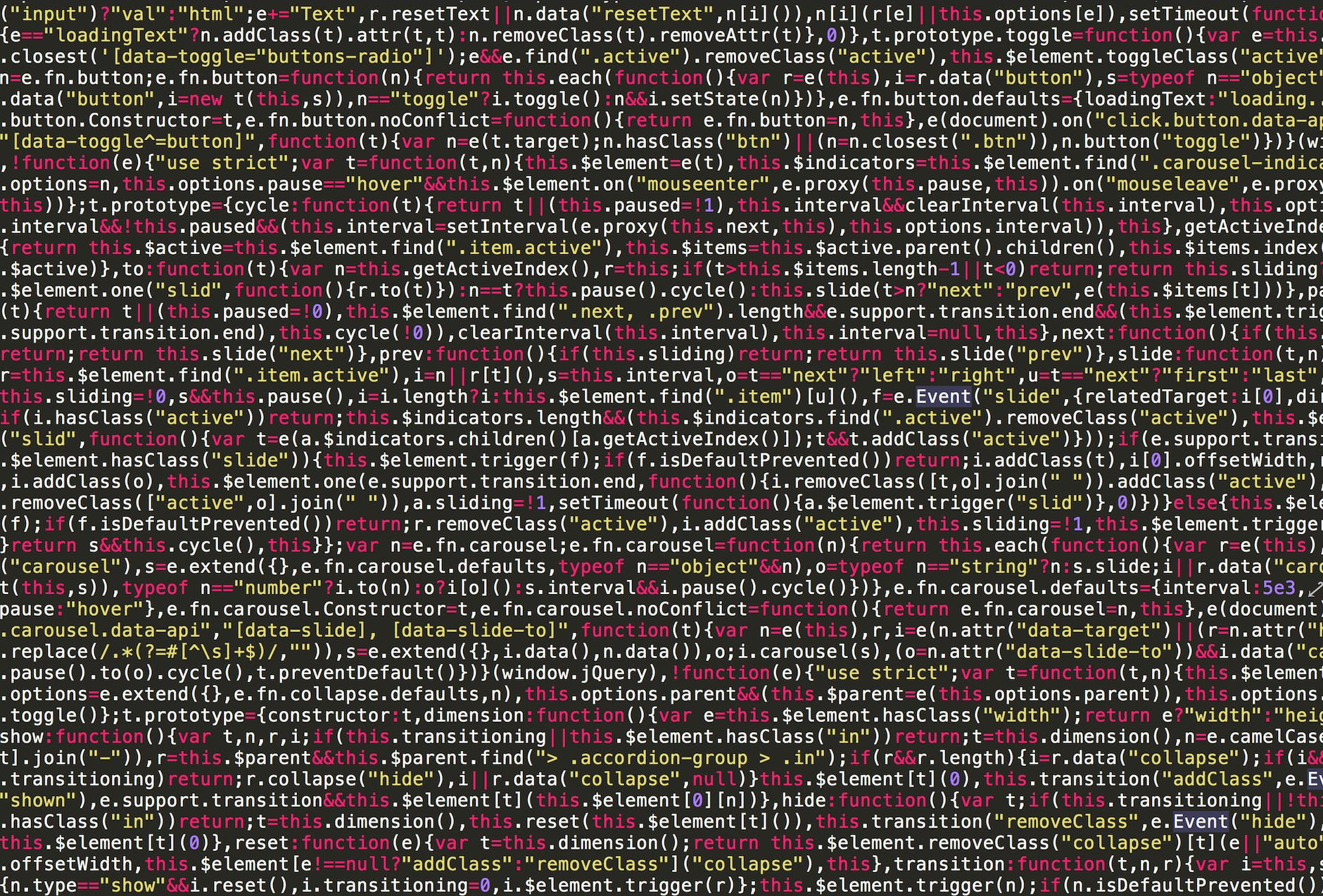
Research methodology is the backbone of any scientific investigation. It provides a systematic framework for gathering, organizing, and analyzing data to draw meaningful conclusions. Among the many crucial steps in the research process, data coding stands out as a fundamental technique that helps researchers make sense of the information they collect. In this article, iLovePhD explores the concept of data coding, explores its significance, and provides suitable examples to illustrate its application in research.
The Power of Data Coding: A Vital Step in Academic and Scientific Research Methodology
Understanding Data Coding
Data coding is the process of transforming raw data into a more structured and manageable format, enabling researchers to identify patterns, themes, and relationships within their data.
It involves assigning labels or numerical codes to different pieces of information based on predefined criteria or categories. These codes act as a bridge between the raw data and the analytical phase of research, facilitating the organization and interpretation of data.
Why is Data Coding Important?

Data coding plays a pivotal role in the research process for several reasons:
- Data Reduction: When researchers collect vast amounts of data, coding helps condense and summarize it. This reduction makes it feasible to analyze large datasets effectively.
- Data Organization: Coding provides a systematic way to categorize and group similar pieces of information together, making it easier to manage and analyze the data.
- Pattern Recognition: Coding allows researchers to identify patterns, trends, and relationships within the data that might not be immediately apparent when working with raw data.
- Interpretation and Analysis: Coded data serves as the foundation for statistical analysis and hypothesis testing. Researchers can run statistical tests on coded data to draw meaningful conclusions.
- Comparative Analysis: By coding data consistently, researchers can compare and contrast information across different cases or groups, aiding in the generation of insights and theories.
Now, let’s look at some examples to illustrate how data coding is applied in different research scenarios:
Examples of Data Coding in Research
1. Qualitative Research
In qualitative research, data coding is often used to categorize and analyze textual or narrative data. For instance, imagine a study on customer feedback about a new product.
Researchers could code customer comments into categories such as “product quality,” “customer service,” “pricing,” and “delivery.” Each comment would be assigned one or more of these codes based on the main topic it addresses.
2. Survey Research
In survey research, coding can involve assigning numerical values to responses on a Likert scale. For example, in a survey about job satisfaction, the responses “strongly agree” might be coded as 5, “agree” as 4, “neutral” as 3, “disagree” as 2, and “strongly disagree” as 1. These codes enable quantitative analysis of survey data.
3. Content Analysis
Content analysis often involves coding textual or visual content, such as news articles or social media posts, into predefined categories.
For instance, in a content analysis of news articles about climate change, researchers could code articles as “supportive of climate action,” “neutral,” or “skeptical of climate change.” This coding allows researchers to assess the prevalence of different perspectives in the media.
4. Medical Research
In medical research, coding may involve categorizing patient data into different diagnostic groups based on symptoms, test results, or medical histories. This allows researchers to analyze the effectiveness of different treatments for specific conditions.
5. Historical Research
Even in historical research, data coding can be useful. Historians might code historical documents based on themes, time periods, or key events. This enables them to identify patterns and trends across historical records and gain new insights into the past.
Conclusion
Data coding is a powerful tool that enhances the rigor and reliability of research methodology across various disciplines.
Whether you’re conducting qualitative or quantitative research, coding helps transform raw data into meaningful insights. By systematically categorizing and organizing data, researchers can uncover hidden patterns, draw evidence-based conclusions, and contribute to the advancement of knowledge in their respective fields. So, the next time you embark on a research journey, remember the significance of data coding in unlocking the secrets within your data.
